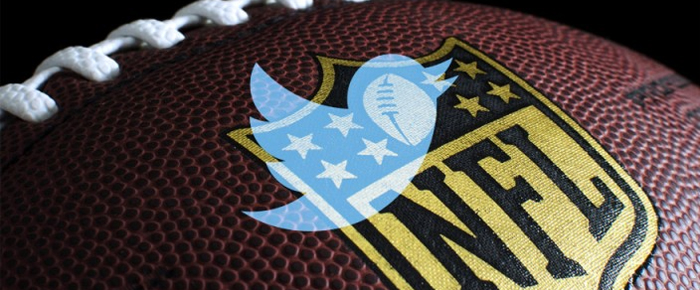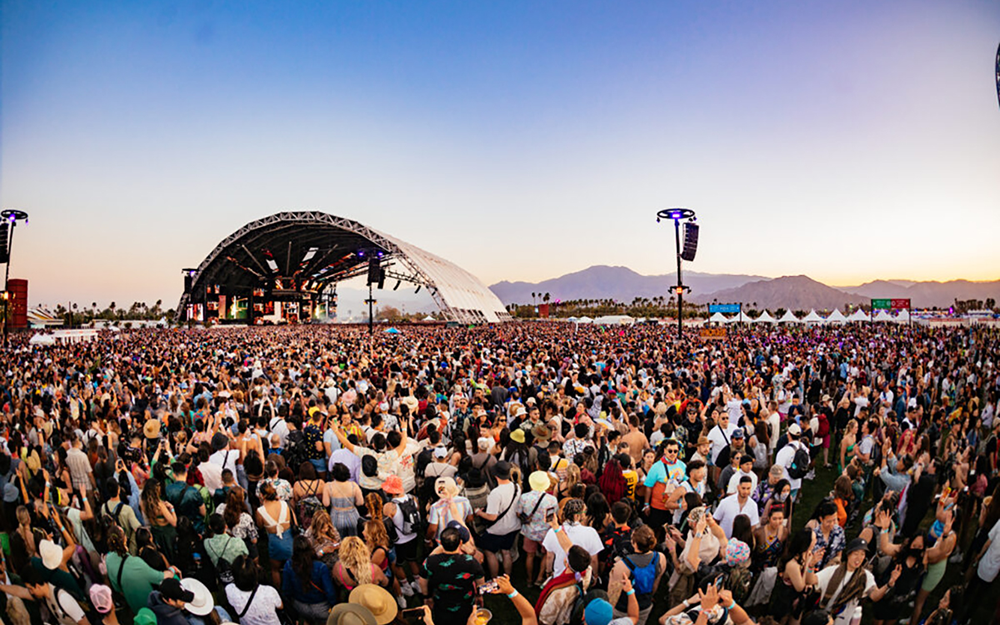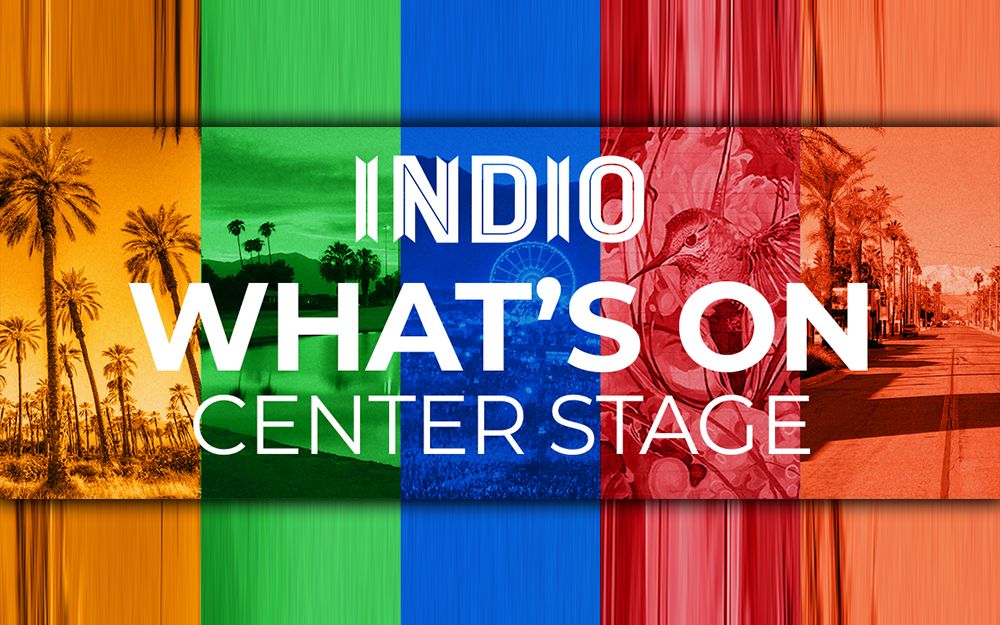
By Flint Wheeler
Thursday night represented our first look at a very big bet by Twitter on its future as a live events platform.
The social platform live-streamed the first of 10 Thursday night football games, with the stream available on mobile as well as its brand new connected device apps. Twitter has streamed some sports before, but this was by far its biggest event so far.
How did it do under the bright lights? Maybe not quite a touchdown, but Twitter showed it could move the ball.
Instead of just tuning into cable television or an online stream of CBS to watch the Buffalo Bills versus the New York Jets, football fans could visit Twitter.com, Twitter’s mobile app and three TV apps — Apple TV, Amazon Fire TV and Microsoft’s Xbox One — to view the game as well as live commentary.
Twitter’s streams received 2.1 million unique viewers, meaning they watched at least 3 seconds of the video as is the standard in digital measurement and 100 percent in view. On a per-minute basis, in English; 243,000 people were watching on average for 22 minutes per view.
More eyes tuned to television. CBS and NFL Network had 48.1 million viewers on television, who had watched at least 24 minutes of the game.
While Twitter has been around for the last 10 years to provide a network of conversation to accompany live television, Thursday was the first time live football was streamed alongside a live feed of tweets. It was the grand showcase Twitter has been prepping for since the company won the NFL’s digital streaming rights for Thursday games in April, beating out Verizon and Amazon.
Live video isn’t some ancillary feature. In 2016, it has emerged as Twitter’s big bet to prove its present worth and future viability amid Wall Street’s disappointment over the network’s lackluster user growth and limited product innovation, especially when compared to social networking giant Facebook and younger player Snapchat.
In addition to the NFL, Twitter has inked live video deals with Major League Baseball, the National Hockey League and the Pac-12.
“We’re focused now on what Twitter does best: Live,” Twitter CEO Jack Dorsey told investors in February on CNBC. “We believe we can become the first screen for everything that’s happening now.”
The Game Itself
The game wasn’t the best for everyone. For people like me watching on Apple TV, live tweets spoiled parts of the game as the actual game feed lagged people’s reactions.
For instance, I saw a flood of tweets cheering for Bills quarterback Tyrod Taylor while on the video feed he was still waiting to throw the ball.
I watched the game on mobile, twitter.com and Apple TV, and they were all out of sync. Apple TV was about a minute behind during the first half of the game. It synced up in the last quarter. The streaming on desktop was about 30 seconds behind the feed.
Despite the frustrating delay, I continued to watch on Apple TV because I wanted to experience the side-by-side video feed the app had received exclusively. But, over the entire game, I only saw one Twitter video and no feeds from Twitter’s live-streaming app Periscope.
Watching football via mobile is not brand new. Yahoo had paid the NFL $20 million for the broadcast rights on one game last year. However, Yahoo’s mobile experience was ridiculed. It failed to work for some and came through as freezing and jumping for others.
Twitter’s stream succeeded. Unlike other mobile apps, Twitter’s stream did not require a cable subscription or other fee. In fact, it did not even require a Twitter account.
There is room to improve on advertising as well as better incorporating the video and Periscope from the NFL into the feed.
But it’s just the beginning for Twitter, Yahoo, Apple and any of the other umpteen hundred social media and T.V. platforms.
The company has nine games left under its contract with the NFL for this season. Until then, I’ll stick with good ‘ol NBC for now. If I ever find myself with my television, I guess there is a distant second option to get my NFL Thursday Night fix.









































